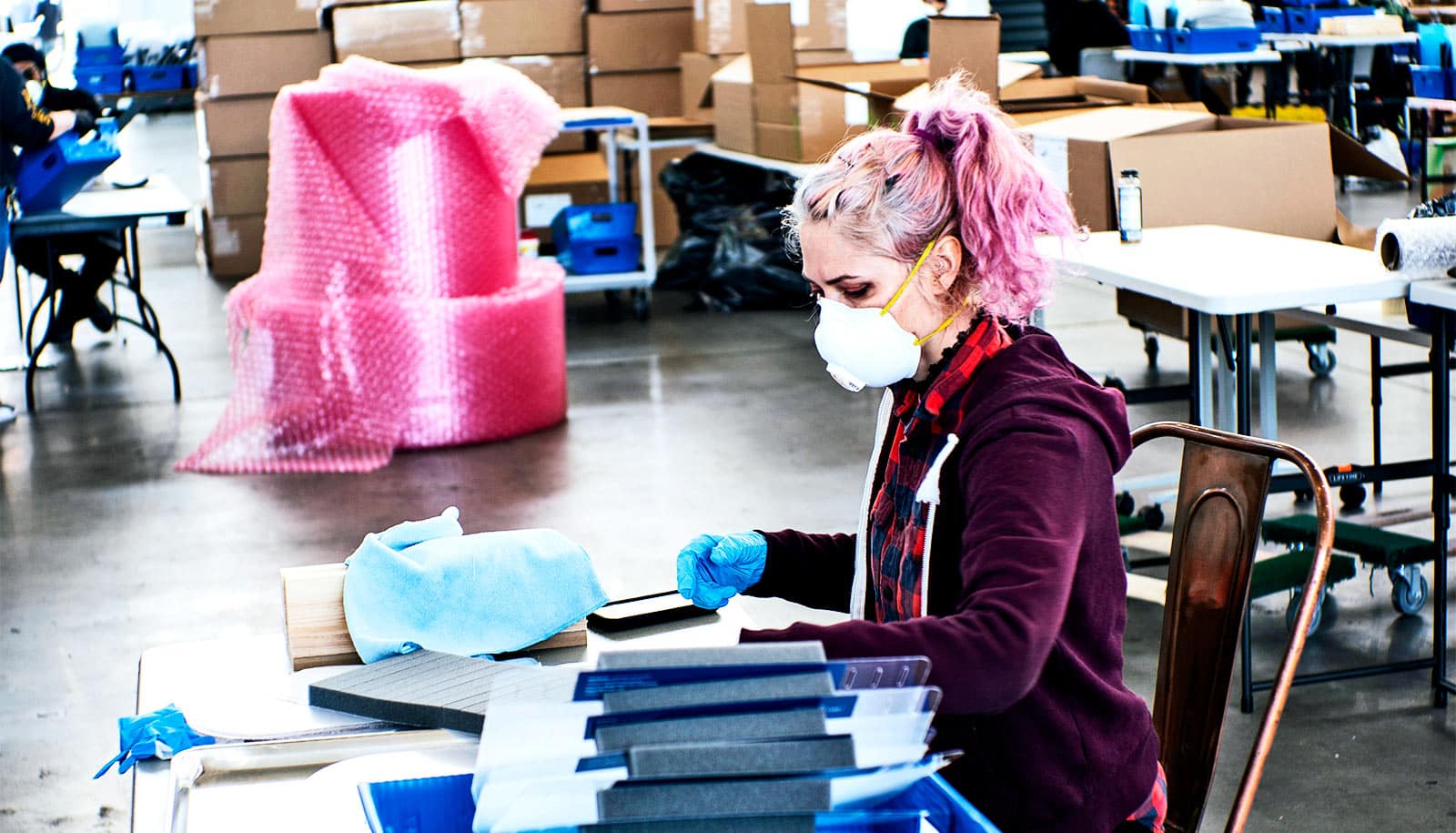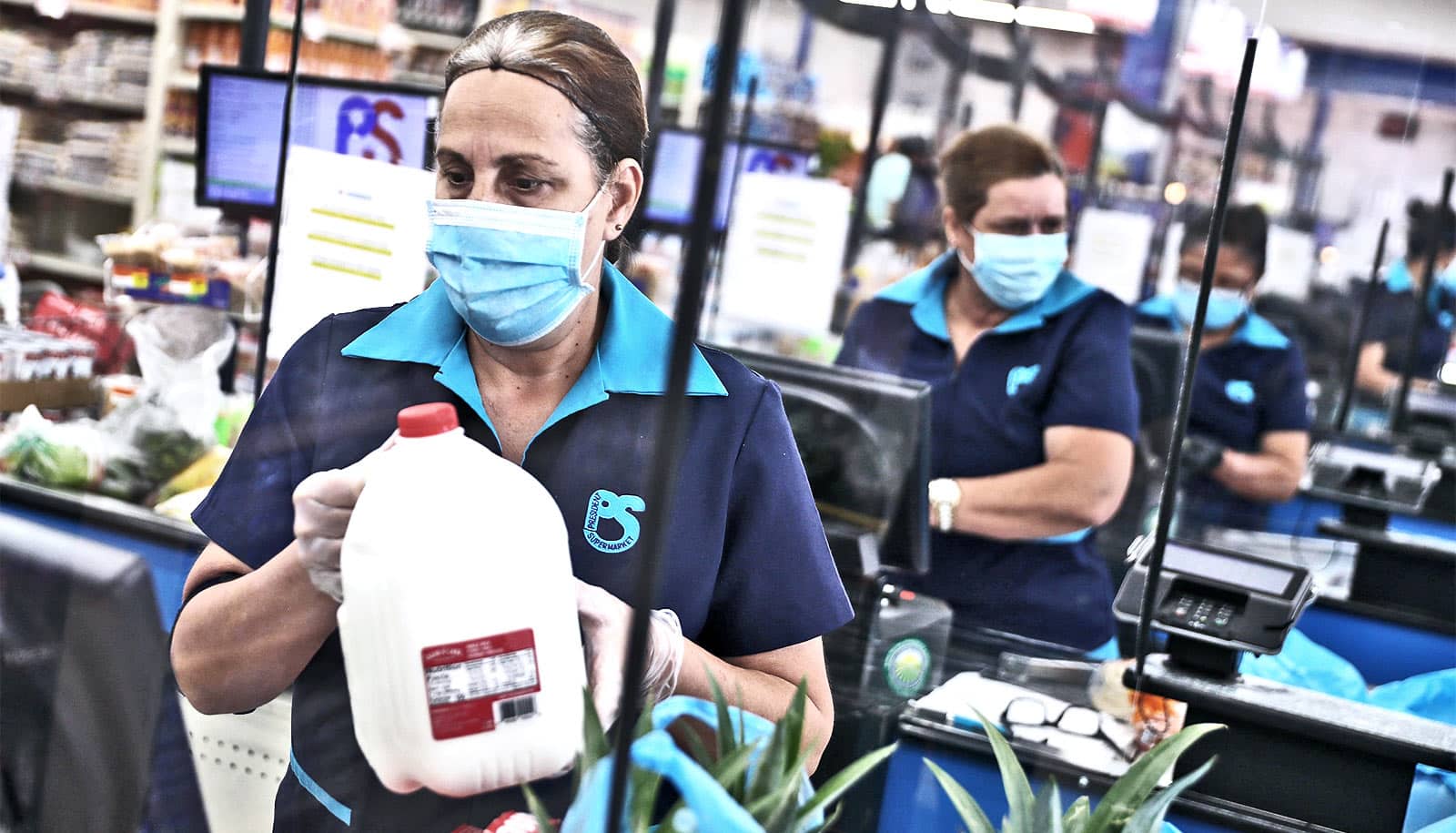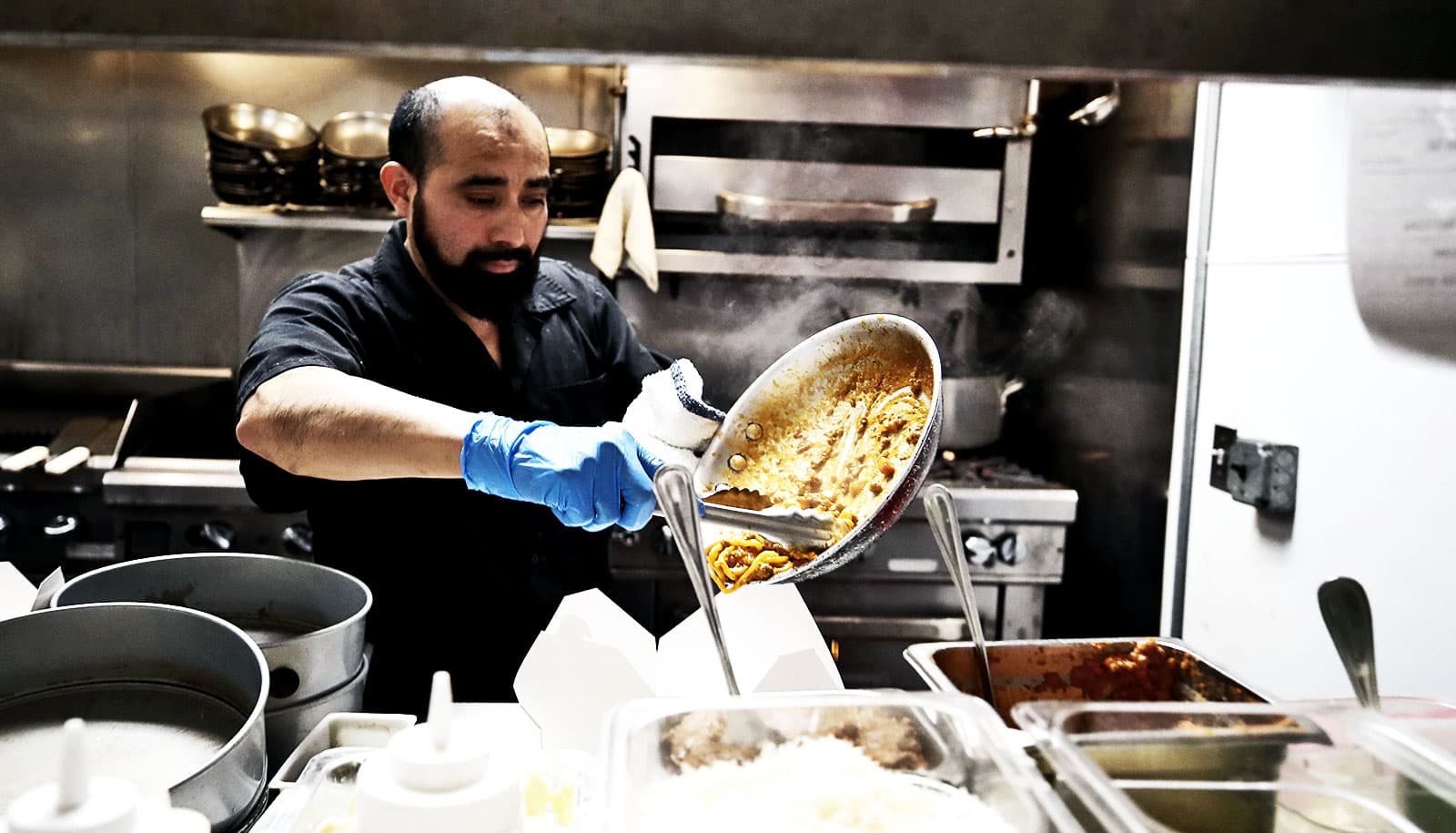New recommendations outline specific measures for safer emergency childcare during the COVID-19 pandemic.
Emergency childcare is for the children of parents with essential jobs.
The researchers, from Rutgers Pediatric Early Education Working Group, are advising childcare policymakers and administrators to enact system-wide changes to prevent the spread of the coronavirus.
While adding specific guidance, the recommendations reflect consensus based on public health principles and guidelines from the federal government, states, and the American Academy of Pediatrics.
The Rutgers group advises childcare policymakers and administrators to:
- Support a set of broad, flexible options that include more care in homes, use of school facilities if needed, and smaller group sizes in all care settings to reduce opportunities for multiplication of exposures.
- Screen childcare staff for risks in work assignments and follow daily screening procedures for children, families, and staff.
- Adopt procedures to reduce risk of transmission within centers and home care.
- Develop an information system to monitor and assess how things are going so that the childcare system can aggregate their experiences to learn and improve quickly from them. This is especially important given the level of uncertainty and the rate at which the situation is changing.
Guidance for childcare providers will only be feasible if policy is aligned and adequate funding is forthcoming.
“These precautions are necessary because COVID-19 is easily spread,” says Lawrence Kleinman, professor and vice chair for academic development, and director of the Division of Population Health, Quality, and Implementation Sciences (PopQuIS in Pediatrics) in the pediatrics department at Rutgers Robert Wood Johnson Medical School.
“But they’re also necessary to prioritize the safety of these children and families, along with their caregivers and teachers, when there is so much we don’t know about the virus.”
“A systemic approach with childcare, Head Start, and public schools cooperating is needed,” according to Steven Barnett, board of governors professor of education and senior co-director and founder of the National Institute for Early Education Research (NIEER).
“For example, public schools can open their closed buildings for emergency childcare. They have large and open indoor and outdoor spaces, which gives children room to play and helps teachers manage social distancing.”
Recommended childcare center protocols include:
- taking temperatures of parents, children, and staff before entering the center or home;
- barring entry to anyone exhibiting COVID-19 symptoms;
- eliminating sign-in procedures that potentially spread COVID-19;
- staggering drop-off times and assigning a dedicated staff member to greet each child;
- using appropriate personal protective equipment, especially in infant and toddler care;
- disinfecting equipment after use;
- requiring staff to practice appropriate hygiene and social distancing protocol during working and non-working hours.
Ideally, children of parents who regularly come in contact with COVID-19-infected individuals should be cared for at home—not in a childcare center—and cared for by one adult.
The group urges policymakers and providers to collect and use data, which is critical to further learning how to prevent infection in childcare settings and improve these guidelines.
The group’s guidance is available online at http://nieer.org/childcare-recommendations.
Source: Rutgers University



